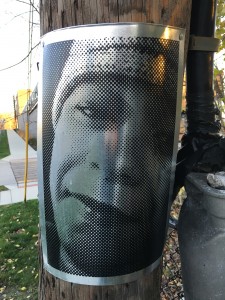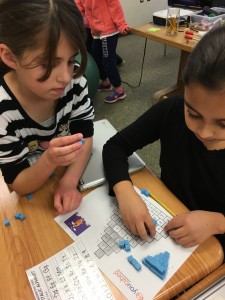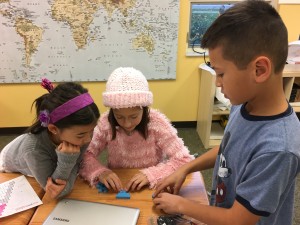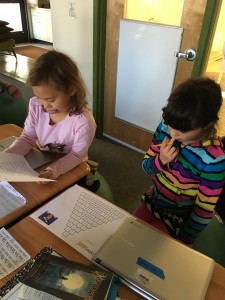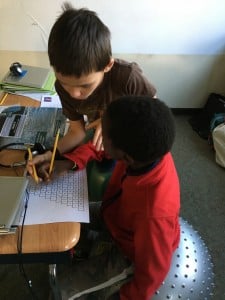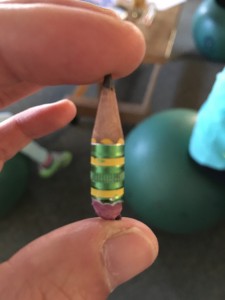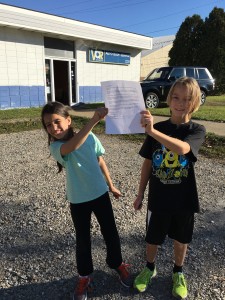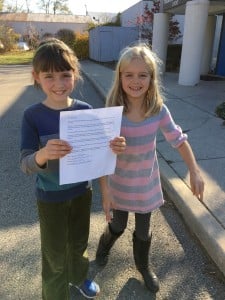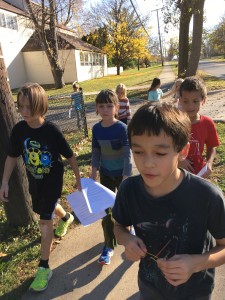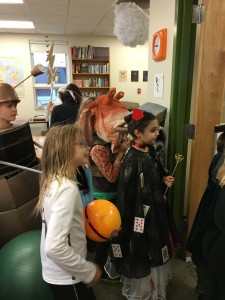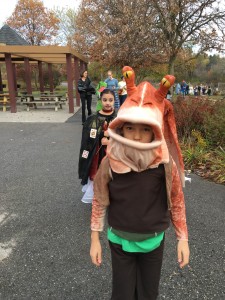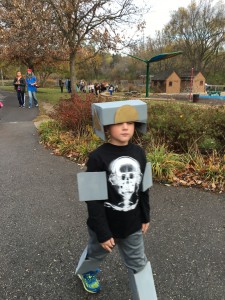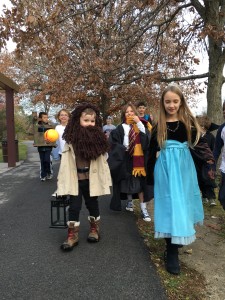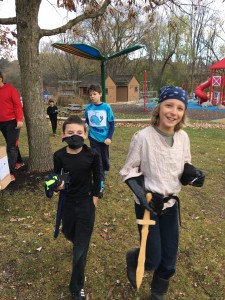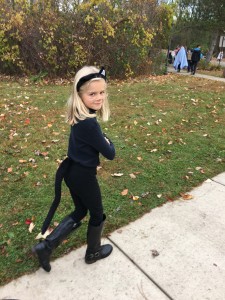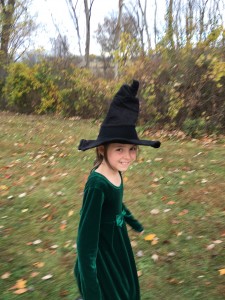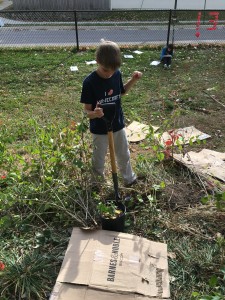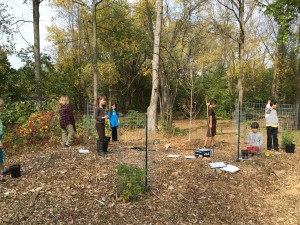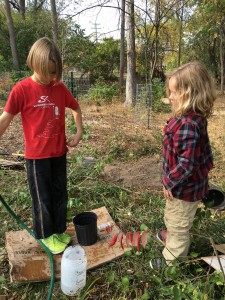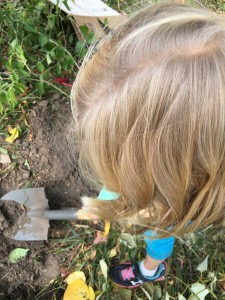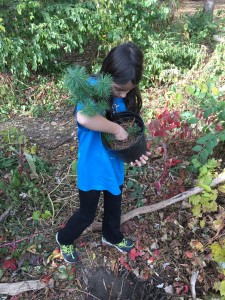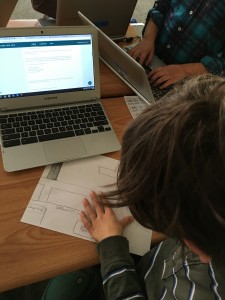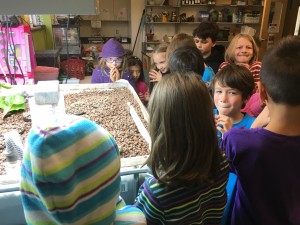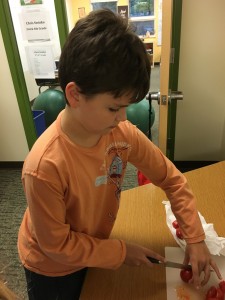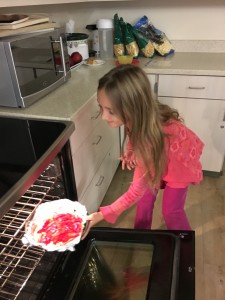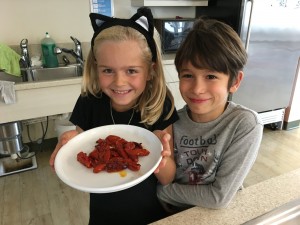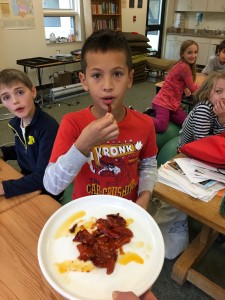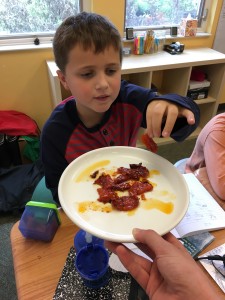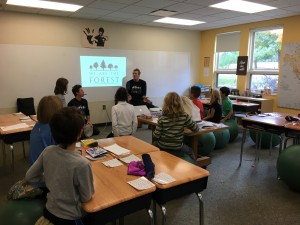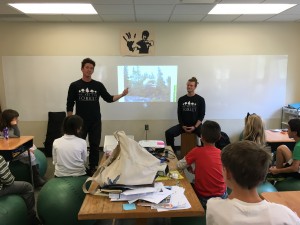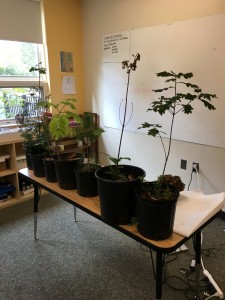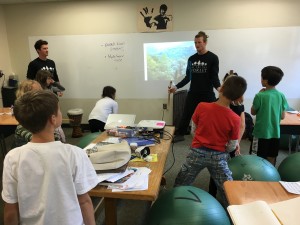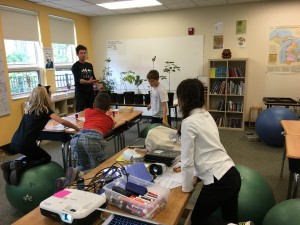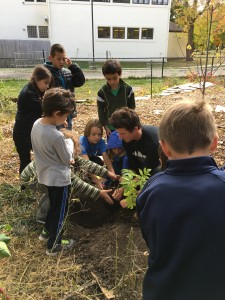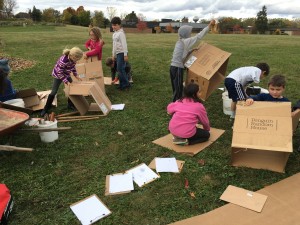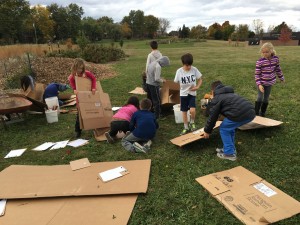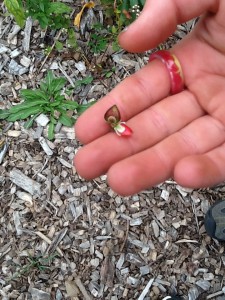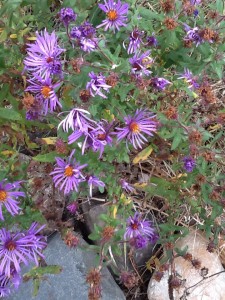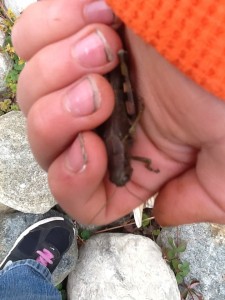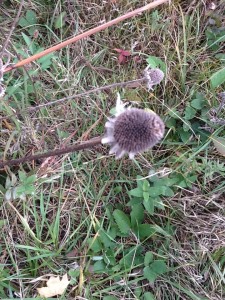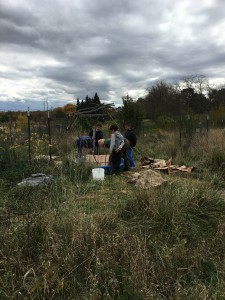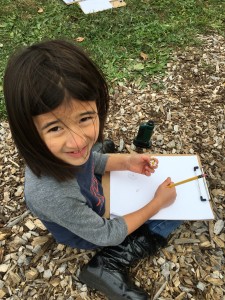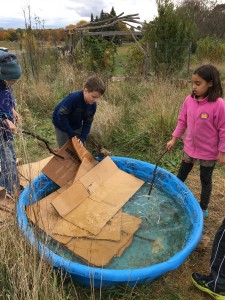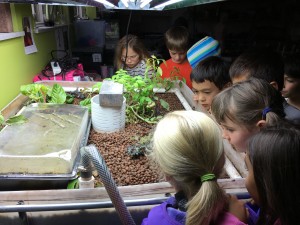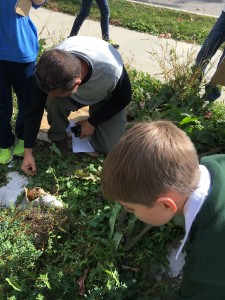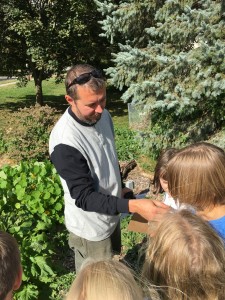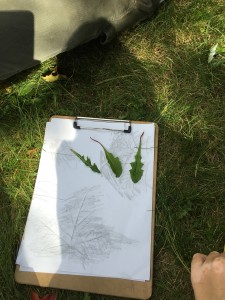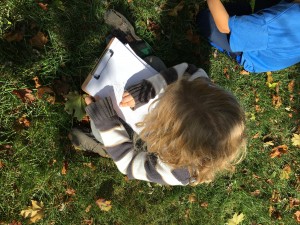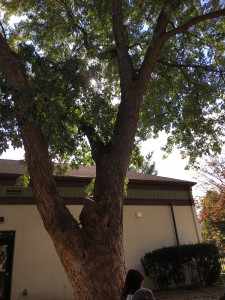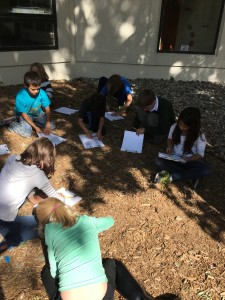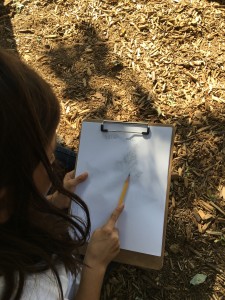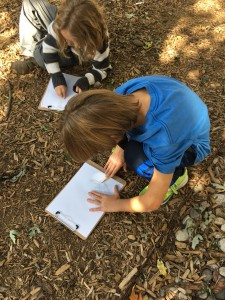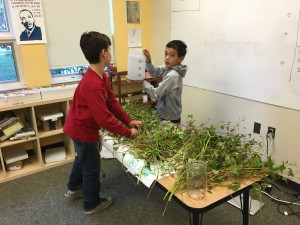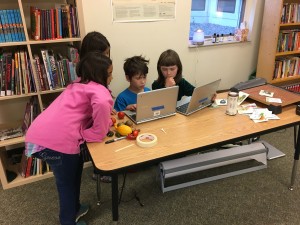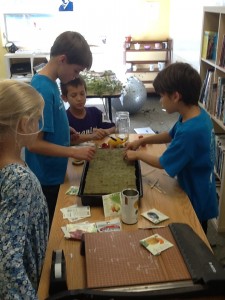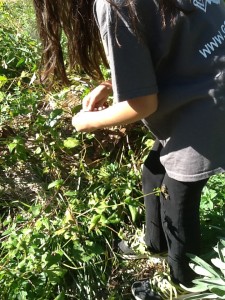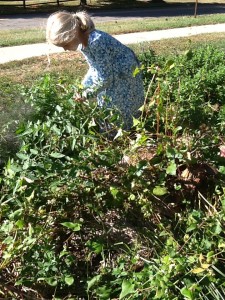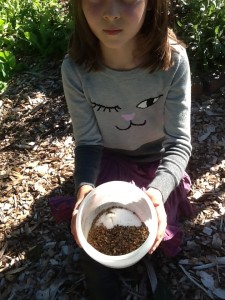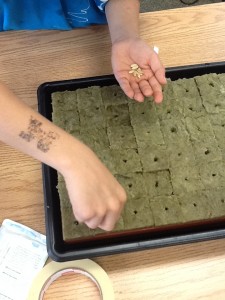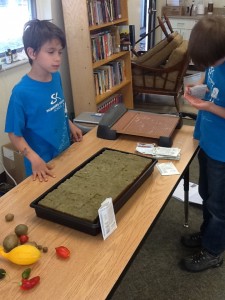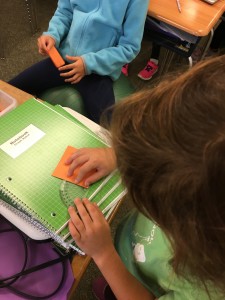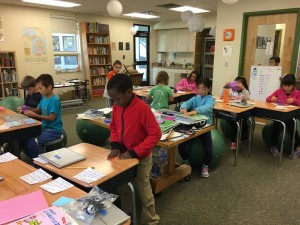One lens we use to examine the concept of Identity is that of power and privilege. In any given society, there are disparities in privilege and power within and among groups. Art in its various forms has a way of revealing these disparities and challenging dominant narratives.
I noticed this piece of art, which can be found on a telephone pole between our campus and a nearby shopping area while taking a walk and wondered what my students would think of it, both how it was made and what the intentions of the artist were. The students observed the piece, shared what they noticed, along with the thoughts, feelings and questions they had. After, we shared our thoughts, I shared the story of the woman in the piece, Aura Rosser. Suffering from mental health issues, she was killed by the Ann Arbor police within 10 – 15 seconds after they arrived at her home, responding to a call from her ex-boyfriend.
The students had several opinions and questions about this. They wondered why less force wasn’t used and shared stories of similar events they have heard about. Some asked what it was about police training that made this possible thinking it must be due to “clumsiness.” Others insisted that this wouldn’t have happened if she was white citing instances of violent acts committed by white men where police acted very differently. Some felt this was just typical of police action while others wanted to make sure that we weren’t labeling all police as guilty. When asked how the police officers involved might view that photo, some thought remorse while others imagined being them being afraid.
We talked about why an artist might make a piece representing her and the students were quick to share how an image had a humanizing effect on what might be just be a story.
The students began discussing how they would behave if they were black, cautious at all times to avoid any and all possible conflicts with police. We talked about what kind of effect this might have on us if we had to be that aware of how are actions may be perceived by those who had negative expectations of us.
I reached out to the artist (through a parent that spotted the piece and shared) and we are hoping to meet to discuss his process, purpose and the context in which this piece fits in with his other work as well the larger movement working to raise awareness of systemic violence perpetrated against African Americans.
Wondaland Records – Hell You Talmbout
Music has always played a role in the Civil Rights Movement. This week we listened to this song, taking note of the words that were repeated and emotions we heard or felt, specifically when one voice was heard vs. more than one.
Repetition plays a powerful role in this song with, “Say his name,” and “Say her name,” repeated throughout. The act of naming each victim serves as an act of remembrance which the students were quick to notice. There is power in saying these names which we shouldn’t forget. We also talked about the power in these words. While many of the names were of relatively recent victims, others (Emmitt Till and Amadou Diallo) are decades old. I explained that to the students to highlight that the recent events are not new but instead a sad continuation of the realities of life for African-Americans.
When listening to one voice in the song, the students noted the anger, sadness and grief, as if the person singing had lost something or just finished crying.
When listening to the choir of voices, the students felt uplifted, with the voices sounding “strong” and “like a prayer.”
When I asked whom they thought the song was addressed to, they offered several different audiences including, the African-American Community, White people, and police, with a different message for each.
As a teacher, I always question whether or not my students are ready for these conversations. I know there are some people who think that 3rd and 4th graders are too young to think about these things. What I’ve found is that they already have thoughts about these circumstances which we sometimes try to shelter them from. The chance to process feelings and reactions to events with peers and identify actions that can be taken helps the child develop a sense of capability which helps alleviate anxiety and encourages her or him to step into a role as advocates for social justice.
